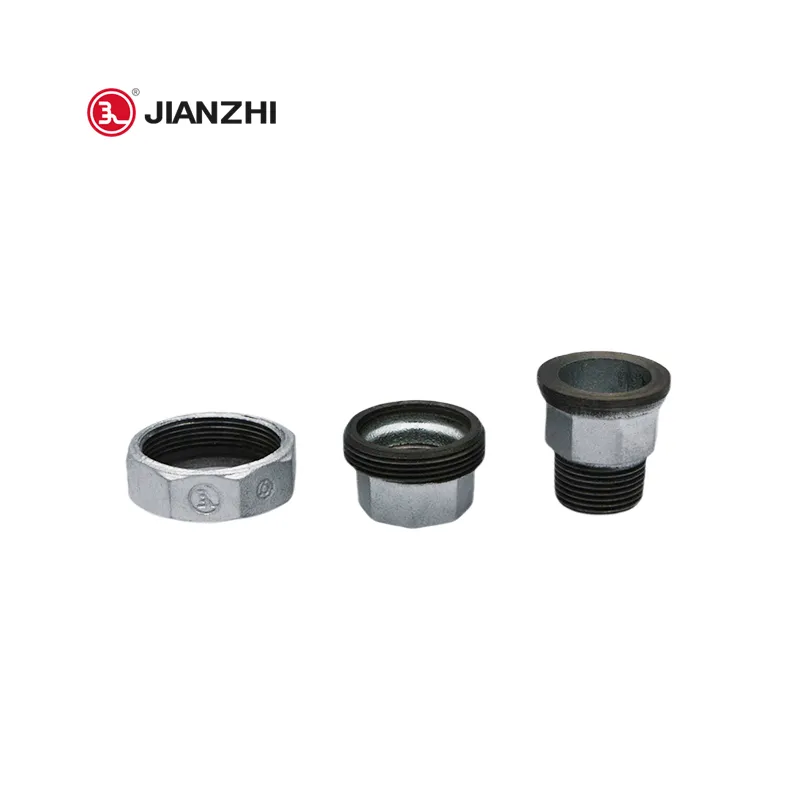The fundamental distinction between a coupling and a union lies in their respective purposes: a coupling is intended for connecting pipes to pipes or pipes to a swedge, whereas a union is designed specifically for joining and subsequently detaching components within a piping system, such as a steam trap or control valve, for maintenance or replacement purposes. Importantly, the choice to employ couplings or unions does not constitute a regulatory or code-related matter.
1. What is A Pipe Coupling?
A pipe coupling serves as a brief segment of pipe designed specifically to join two pipes together, particularly steel pipes, utilizing a threaded connection method. This connection ensures a seal via a threaded sealing mechanism. When disassembling, it is advisable to proceed from one extremity of the pipe assembly in a sequential manner, a practice often employed when extending the length of a pipeline.

Materials utilized for pipe couplings encompass carbon steel, stainless steel, alloy steel, PVC, plastics, among others.
Connection methodologies for pipe couplings involve threaded attachments, welding techniques, and socket fittings.
Manufacturing standards adhered to in the production of pipe couplings include ASME B1.20.1, DIN2986, and BS10241.
The manufacturing process of pipe couplings encompasses both forging and casting. Forging involves heating steel ingots or round bars, shaping them through forging, and subsequently machining threads on a lathe. In contrast, casting comprises melting steel ingots, pouring the molten metal into a predefined pipe hoop mold, and allowing it to cool and solidify.
Pipe couplings find extensive applications across various sectors owing to their ease of use, spanning civil construction, industrial settings, agriculture, and numerous other fields.
2. What is A Pipe Union in Plumbing?
A pipe union, a widely employed connector for pipes, is renowned for its ease of installation and disassembly. It comprises three primary components: a nut, a cloud head, and a flat connection. This type of union is typically employed at the inlet or outlet of valves, water meters, and other pipeline equipment, facilitating the dismantling and maintenance processes of such components.
Pipe Union Materials: In industrial applications, threaded unions are predominantly crafted from metals that exhibit high pressure resistance, such as carbon steel, stainless steel, alloy steel, and brass.
Pipe Union Connection Forms: Two primary connection methods are employed for piping unions: socket welding and threaded connection. Socket welding involves inserting a steel pipe into a socket for welding, hence the name “socket swivel joint.” On the other hand, threaded connection entails screwing the steel pipe into a screw hole for attachment, thus it’s referred to as “threaded union.”
Pipe Union Manufacturing Standards: The primary manufacturing standards governing pipe unions are ASME B16.11 and MSS SP 83.
Threaded Union Definition: A threaded union represents a pipe connection featuring threads, which is the most prevalent type of pipe fitting in both industrial and domestic settings. It simplifies pipeline connections, making them easier to disassemble and replace, thereby significantly reducing the cost associated with pipeline connections.
Threaded Union Types: Threaded unions are available in two varieties: those with equal diameters and those with different diameters.

3. Pipe Union vs Coupling
Both pipe couplings and unions are types of pipe fittings, yet they serve distinct purposes.
The fundamental distinction lies in their functionality: couplings are designed to connect pipes directly to each other or to swedges, serving as extensions in pipeline systems. On the other hand, unions are intended for joining and facilitating the disassembly of segments within the piping system, such as steam traps or control valves, for maintenance or replacement purposes. The choice between couplings and unions is not governed by specific codes.
In the context of pipeline installation, couplings are employed when the required length exceeds that of a single pipe section (e.g., 4m, 6m, etc.), effectively extending the pipeline. Conversely, unions allow for the disconnection and reassembly of connected components, making it possible to remove and replace items like valves or radiators for maintenance or repair without disturbing the entire piping system.
In terms of types, couplings come in various forms including threaded, butt-welded, and socketed versions. Unions, however, are limited to threaded and socketed types, with the socket’s slip knot sometimes featuring threaded disengagement. Notably, with unions, there’s no need to thread the pipe itself for disconnection; if the union lacks threaded connections, the pipe must be physically moved to break the connection.
From a practical standpoint, unions are more suited for low-pressure applications, commonly found in public works projects under 10kg pressure. In contrast, couplings are often utilized in high-pressure scenarios due to their strength and design.
Jianzhi is one of the quality black pipe fittings manufacturers and suppliers in China and exports a variety of threaded steel pipe fittings. If you are interested in our pipeline products, please do not hesitate to contact us, we look forward to good news.
Jianzhi specializes in manufacturing high-quality union and coupling fittings, essential components for reliable pipe connections in various applications. Our unions are designed to facilitate easy disconnection and maintenance, allowing for seamless adjustments without cutting the pipes. Couplings, on the other hand, provide a secure connection between two straight sections of pipe, ensuring a continuous and leak-free flow. Both types of fittings are crafted with precision and durability, meeting stringent industry standards for performance and reliability. With Jianzhi’s commitment to quality, our union and coupling fittings are ideal for residential, commercial, and industrial projects, providing the strength and versatility needed to enhance any piping system.
